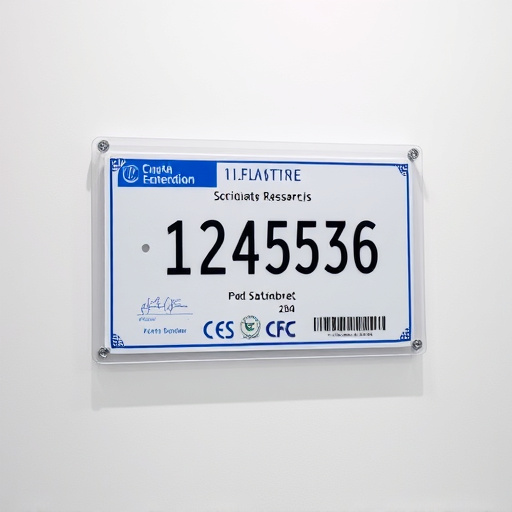A Cold Air Intake (CAI) is an effective yet often overlooked modification for better engine performance, focusing on throttle response improvement. By drawing in cooler, denser air, a CAI enhances airflow to the engine, leading to quicker acceleration and improved power output. This effect can be amplified with software tuning, such as optimizing fuel injection, spark timing, and variable valve timing (VVT). Regular air filter replacements are also crucial for maintaining optimal airflow, resulting in a smoother driving experience.
Engine responsiveness is a key factor in any vehicle’s performance. By understanding the fundamentals of cold air intake and throttle response, you can unlock significant improvements. This article delves into these concepts and explores strategies to enhance your engine’s responsiveness for a more enjoyable driving experience. From optimizing components like cold air intakes to fine-tuning throttle control, discover tips and tricks to ensure long-term performance benefits.
- Understanding Cold Air Intake and Throttle Response
- Strategies for Enhancing Engine Responsiveness
- Optimizing Your Vehicle: Tips for Long-Term Performance
Understanding Cold Air Intake and Throttle Response

In the pursuit of engine responsiveness and performance, one key aspect often overlooked is the simple yet powerful modification known as Cold Air Intake (CAI). This relatively straightforward upgrade focuses on enhancing the airflow to the engine by drawing in cooler, denser air from outside the vehicle. By allowing for a greater volume of oxygen-rich air, the cold air intake can significantly improve throttle response—the speed at which the engine accelerates in response to input from the driver.
The combination of a CAI with careful tuning can result in quicker turbo or supercharger spools, leading to instant power gains and improved overall responsiveness. This is particularly beneficial for vehicles equipped with forced induction engines, as it optimizes air delivery, reduces backpressure, and enhances combustion efficiency. Understanding how cold air intake and throttle response work together allows car enthusiasts and mechanics to fine-tune their vehicles for both daily driving pleasure and track-day performance.
Strategies for Enhancing Engine Responsiveness

Improving engine responsiveness involves a combination of hardware and software optimizations. One effective strategy is integrating a cold air intake system, which allows for a greater influx of cool, dense air into the engine. This can significantly enhance throttle response by increasing the oxygen supply, leading to more efficient combustion and faster power delivery.
Additionally, fine-tuning the engine’s mapping and calibration can play a pivotal role. Optimizing fuel injection, spark timing, and variable valve timing (VVT) ensures that the engine operates at peak efficiency across all RPM ranges. These adjustments directly impact throttle response, providing smoother acceleration and improved overall performance. Techniques like upgrading to high-flow catalytic converters or removing restrictive exhaust systems further facilitate efficient gas flow, contributing to enhanced responsiveness.
Optimizing Your Vehicle: Tips for Long-Term Performance

Optimizing your vehicle’s performance goes beyond initial speed and acceleration. For long-term engine responsiveness, consider enhancing your car’s air intake system—a simple yet powerful modification. Installing a cold air intake (CAI) can significantly improve throttle response and overall power output. By drawing in cooler, denser air from outside the vehicle, a CAI allows for more efficient combustion, resulting in better engine performance.
Additionally, focus on maintaining your engine’s components to ensure top-notch functionality. Regularly replacing air filters and keeping them clean is essential for optimal airflow. Optimizing these areas can lead to smoother acceleration and a more responsive driving experience without requiring extensive or costly modifications.
By understanding the fundamentals of cold air intake and throttle response, and implementing targeted strategies, you can significantly enhance your engine’s responsiveness. These optimizations not only provide a more enjoyable driving experience but also contribute to long-term vehicle performance. Incorporating tips for regular maintenance and adjustments ensures your engine remains in top form, allowing for swift acceleration and improved overall performance—a true game-changer on the road.














